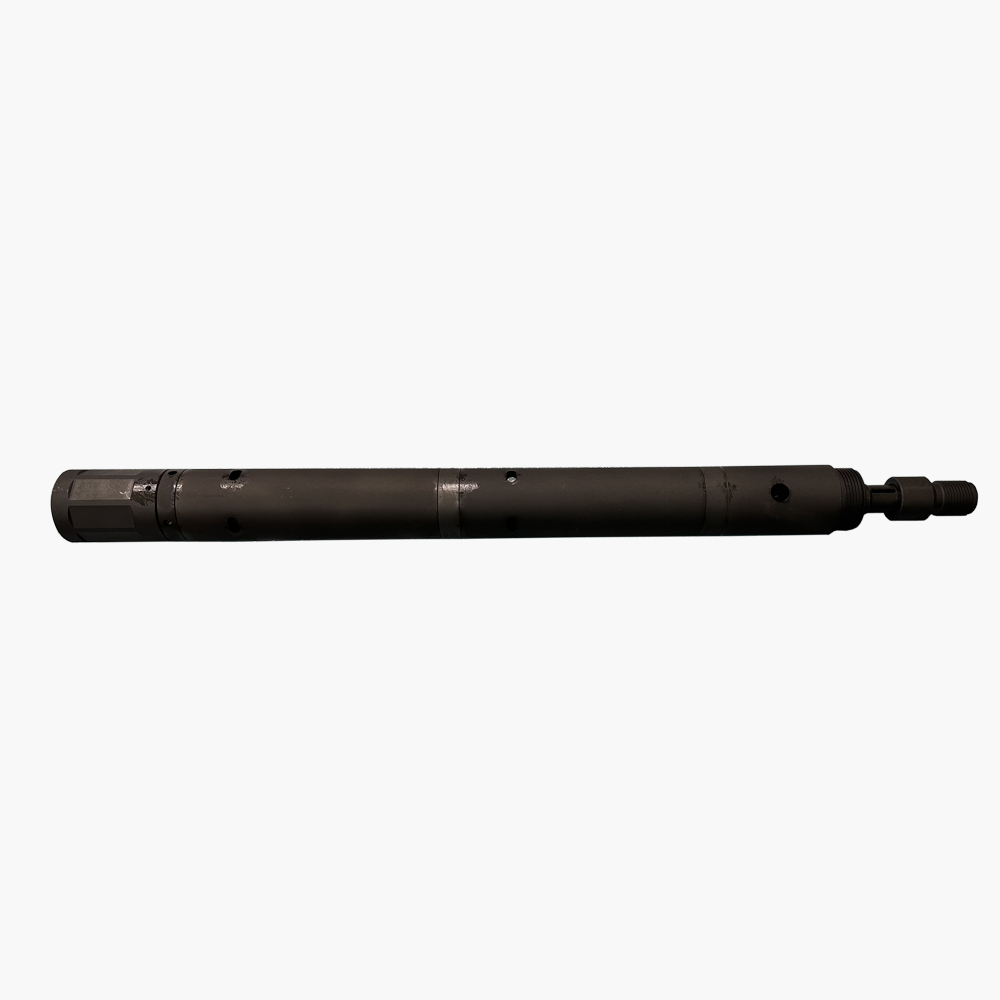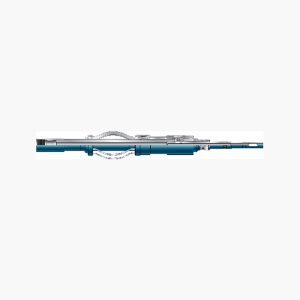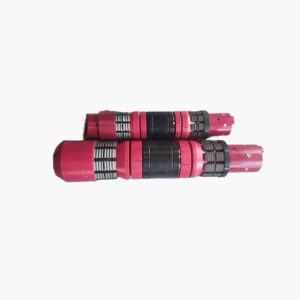Hydraulic setting tools are used to set bridge plugs, water-mud retainers or packers using tubing or drill pipe. They are especially suitable for use in highly deviated Wells or horizontal Wells where other types of setting tools are not easily accessible. The CHST‐1 hydraulic setting tool has the same lower connection as standard Baker or Owen setting tools.
Work Principle
The hydraulic setting tool is simple in structure, mainly composed of upper and lower joints, mandrel, piston (# 20/3 1/2″ GO for two stage piston, #10 for three stage piston) and cylinder liner. A ball seat is provided in the lower mandrel. During the well running process, the oil jacket pressure is communicated through the bypass channel located at the lower part of the tool to ensure the smooth flow of internal and external fluid and the tool is convenient to enter the well. The tool is in place and the ball is thrown. When the ball is seated, the bypass passageway is closed. At this time, the liquid pressure enters the piston at all levels through the pressure transmission hole, and pushes the piston to drive the cylinder liner and the setting sleeve down, so that the relative displacement between it and the fixed tie rod is generated, so as to set the connecting tool under it. When the thrust is increased to a certain degree, the setting tool and its lower tool are released.
Specifications
| Type | Max. OD | Overall Length | Max. Setting Stroke | Setting Force Generating Rate | Max. Tensile Load | Top Connection |
| in | in | in | lbs / psi | lbs | ||
| #10 | 3 1/8 | 58 | 6.0 | 10 | 99,000 | 2 3/8″ EUE Box |
| 3.00 | 8.5 | |||||
| #20 | 3.87 | 49 | 7.5 | 14.3 | 140,000 | 2 7/8″ EUE Box |
| 3 1/2″ GO | 50 |
Product characteristics
- Tubing transmission, setting and release stable and safe.
- With large inner diameter, it can backwash well with large displacement to prevent piston failure caused by debris blocking piston cylinder.







